How to Patch Test Your New Skincare Products?
Getting new skincare products to enrich your routine is exciting, however there is always that underlying worry of bad reactions/irritations. This blog alleviates that worry by equipping you with the knowledge necessary on how to patch test skincare products that will help prevent redness, breakouts, irritation before they happen on your actual skin.
Step-By-Step Safety Guide on How to Patch Test Skincare Products
The excitement that arises out of trying new skincare products is undeniable. There is that promise of glowing, healthier skin that comes with it. However,, that impulse to just pop the bottle open and lather it on your face can also lead to days, weeks or even months of irritation, breakouts or redness, all because the product is simply not compatible with your skin.
In every skincare routine, the most important habit one can develop to ensure the long term health of their skin is learning how to patch test skincare products correctly.
The right patch test is your secret weapon, a small preventive measure that can save you from sabotaging your own skin’s health as well as help avoid derailing your entire routine. Patch test is simply not just for those with sensitive skin, it is also a necessity for those with resilient skin too as there is always a possibility of it reacting to a new irritant.
Vital Importance of Patch Testing
Think of it as a trial-run. When you are painting your house you screen through different paints as well their constituents to make sure it matches your house right? So think of it as the same thing, just applying it on a small discreet area of skin before committing to a full-face application.
The benefits of patch tests include:
-
Prevents Widespread Reactions: Think of it like this, if you patch test a new product on your arm and it causes a reaction, then it is far more manageable than dealing with the irritation over your entire face.
-
Identification of Specific Allergens: HIt can help in the screening of that one specific product that is causing a negative reaction.
-
Economical: It saves you from the frustration as well as expense of using a product that is not at all suitable for your skin.
-
Distinguishes between a purging and a reaction: If breakouts result from the area of patch test, then it is an allergic reaction, not “purging”, which only occurs in the abundant pore rich areas, such as the face.
5-Step Patch Testing Method
You can follow this detailed process for 5-7 days in order to ensure the complete safety fo the product you intend to use.
1. Select your Testing Zone:
Select a concealed sensitive area that will offer you a reliable indicator of how your face will react if you use it on the area.
-
Primary Spot: Inner Forearm or the Inner Crook of your Elbow
-
Secondary Spot (especially for facial products): Behind the ears or your inner forearms.
These areas are far more sensitive than your upper cheek or forehead, therefore they provide a stronger signal of the effects of the product.
2. Prepare and Apply:
-
Make sure that the test area is clean and dry.
-
Apply a miniscule amount of the product on the spot directly.
-
Do not rinse off
3. Wait for 24 Hours:
This is the crucial time frame that requires your observation. Let the product sit for 24 hours without washing/rinsing it with water or any kind of liquid.
4. Monitor the Reaction (if any)
Monitor closely and record any signs of negative irritations which can include:
-
Redness, rashes or inflammation
-
Itching, burning or stinging sensations
-
Swelling
-
Bumps or Breakouts
If any of these signs are noticed then stop immediately. Wash the area gently, along with a mild cleanser.
5. Repeat Application
If no reaction occurs in 24 hours then repeat the process. Apply the product to the same spot, once a day for the next 5-7 days. Some reactions are delayed or only occur after repeated exposure.
Final Step:
If the patch test passes through the 5-7 days without any negative reactions then it is likely safe, But if you want to exercise even further caution then a final “test drive” can be done, which includes:
-
Apply the product to a less visible area on your face such as one side of your jawline or your temple.
-
If everything remains clear after this then you can apply the product on your complete face with confidence.
Avoid these Common Patch Test Mistakes
-
Skipping the test altogether and assuming that the brand is safe from the start.
-
Testing only for a few hours
-
Misidentifying it as “purging” (Purging equals small whiteheads which occur from retinoids and acids, rash and acne on your inner arm is not considered a purge)
Having a diligent patch test routine is the hallmark of a smart skincare enthusiast. Transforms mindless guesswork into science and empowers you to take control of your skin’s health.




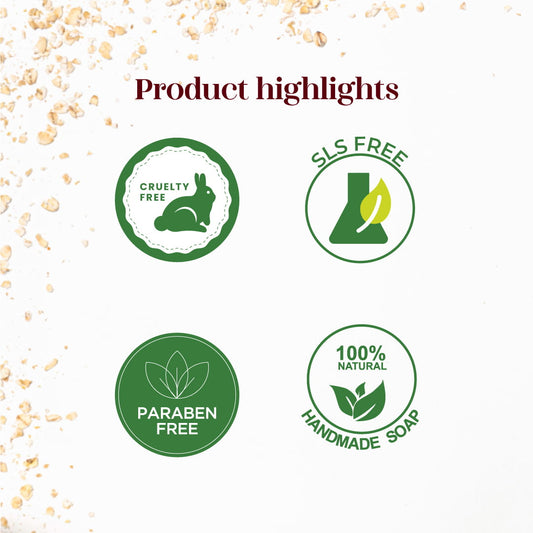
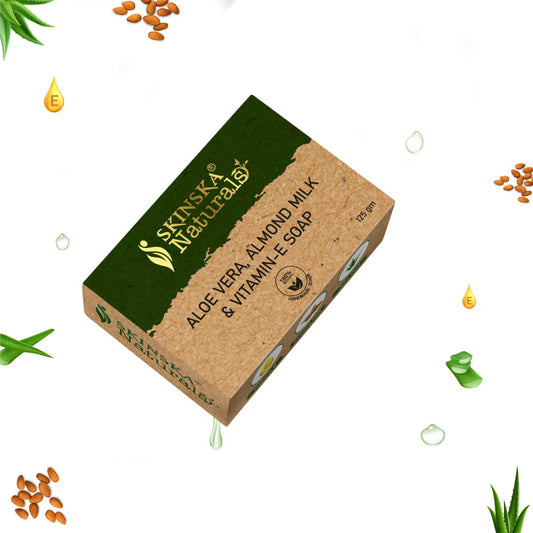


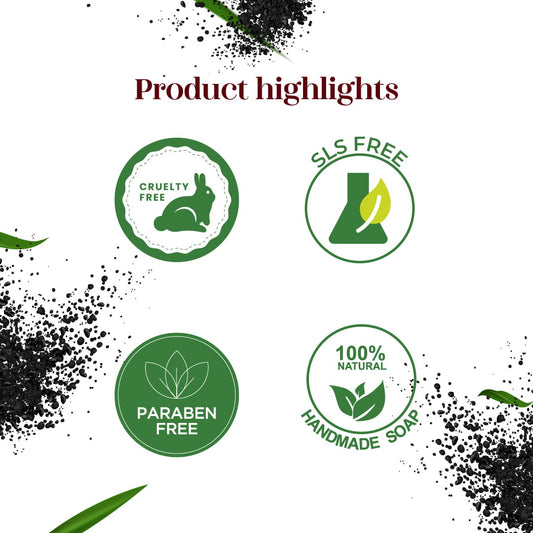







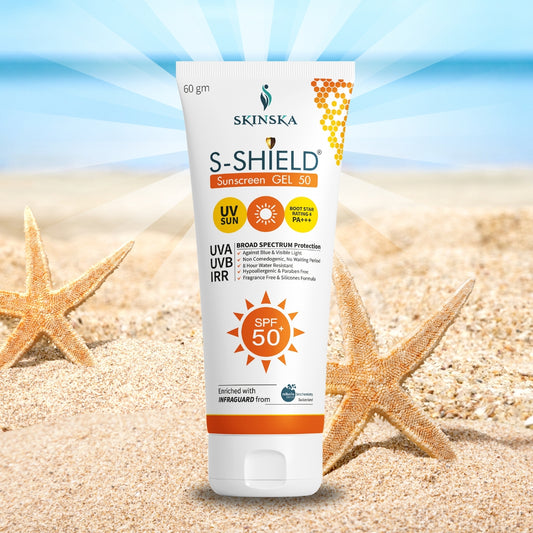
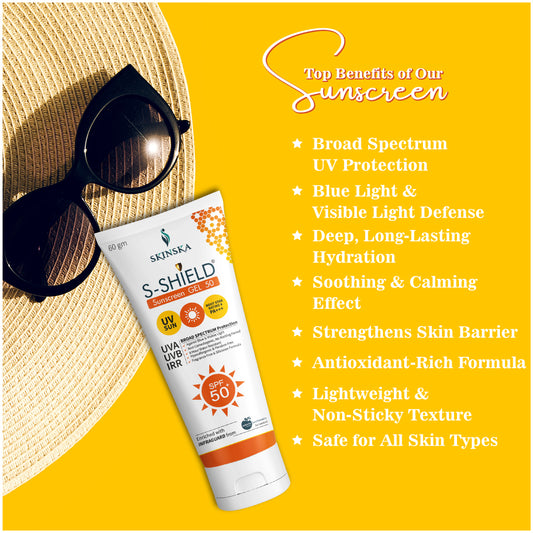
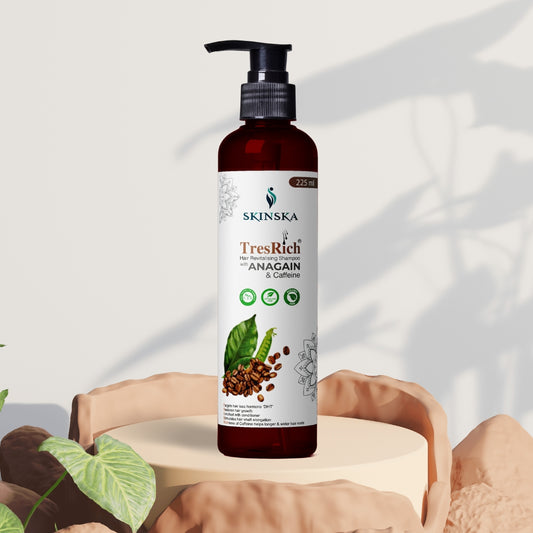

Leave a comment
All blog comments are checked prior to publishing